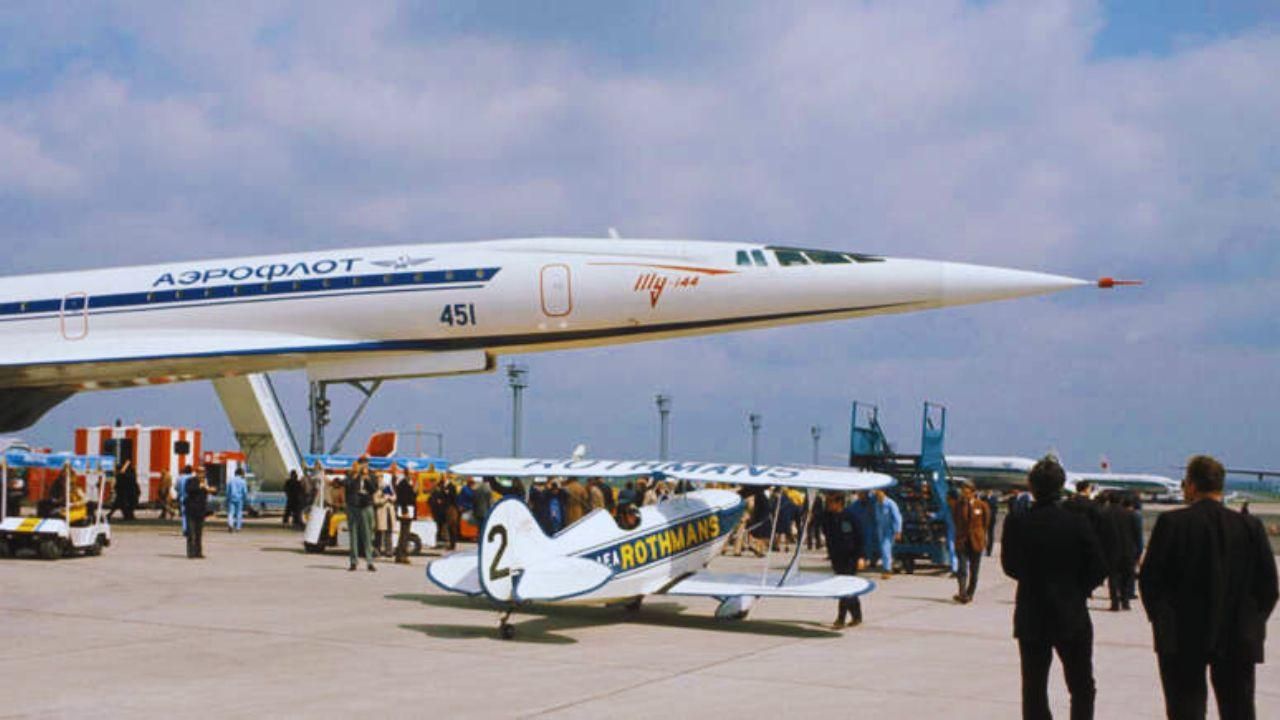The history of aviation is filled with groundbreaking achievements, yet not every aircraft reaches the skies of success. Some designs, despite their innovation, fell short due to technical flaws, high costs, or poor market timing. Here’s a look at some of the most notable aircraft that failed to launch and the lessons they left behind.
1. The Concorde: A Supersonic Dream Cut Short
The Concorde promised a new era of travel, crossing the Atlantic at supersonic speeds. However, it faced mounting challenges:
- High Costs: Its steep ticket prices made it accessible only to the elite.
- Environmental Concerns: Noise pollution from sonic booms and fuel inefficiency were major drawbacks.
- Tragedy: A catastrophic crash in 2000 shattered its public image.
- By 2003, the Concorde was permanently grounded, marking the end of supersonic commercial travel.
2. The Spruce Goose: Too Big to Fly
Howard Hughes' H-4 Hercules, nicknamed the "Spruce Goose," was the largest wooden plane ever built. Created during World War II, its size was meant to transport troops and cargo. However:
- Material Limitations: Built of wood due to wartime aluminum shortages, it was impractical.
- Delayed Debut: By the time it flew once in 1947, the war had ended, leaving it obsolete. Though a testament to ambition, the Spruce Goose remains a symbol of overreach in aviation.
3. The Comet 1: A Jetliner with Fatal Flaws
As the world’s first commercial jetliner, the de Havilland Comet 1 was poised to revolutionize air travel. Yet, its groundbreaking design came with unforeseen flaws:
- Structural Failures: Weak points around the windows caused mid-air disintegration.
- Safety Issues: A series of deadly crashes grounded the fleet permanently. While the Comet's legacy influenced future jetliners, its early failure was a sobering reminder of the importance of rigorous testing.
4. Boeing Sonic Cruiser: Ahead of Its Time
Unveiled in 2001, the Boeing Sonic Cruiser aimed to offer near-supersonic speeds. Unfortunately, it never took off due to:
- Fuel Inefficiency: Rising fuel prices made it economically unviable.
- Market Timing: Airlines favored cost-effective planes like the Boeing 787 Dreamliner. The project was canceled in 2002, but its innovations contributed to more successful designs in later years.
What Do These Failures Teach Us?
The common thread in these stories is the tension between innovation and feasibility. Aircraft that fail often:
- Prioritize groundbreaking technology over reliability.
- Misjudge market demand or economic conditions.
- Suffer from inadequate testing or rushed development.
Conclusion
While these aircraft never achieved their intended glory, they remain fascinating chapters in aviation history. Each one pushed the boundaries of design and engineering, paving the way for the safer, more efficient planes we fly today.
_2.jpg)

_2.jpg)





.svg)


